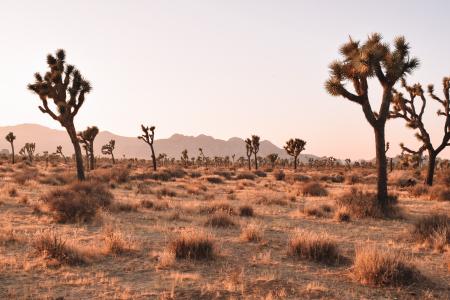
Area characterisation:
Talensi is a rural town in northeastern Ghana with the third highest poverty rate in the country. Its population is mainly composed of subsistence farmers, who have suffered severe consequences due to the decrease in annual rainfall, the loss of forest cover, the disappearance of biodiversity and the loss of productivity due to the increasingly sterile soil. The irregular pattern of rainfall has reduced the predictability of the rainy season, with prolonged periods of drought and intensified downpours. These climate changes make it difficult for farmers to know when to plant, resulting in significant crop losses. In addition to the effects of climate change, soil infertility and biodiversity loss are also due to unsustainable agricultural methods and over-exploitation of forests for fuel and building materials. Finally, dry season forest fires and burning fields prevented the growth of trees, grass and other natural habitats.
Objective:
This project aims to reverse the deterioration of soil fertility and natural resources, contributing to reduce household hunger in the Talensi District, Ghana.
Financing:
No information
Potential impacts/benefits:
The 2017 assessment showed that 96% of respondents practiced FMNR (Farmer Managed Natural Regeneration) on their farms. This new practice helps reduce carbon emissions from unsustainable land use. The use of best soil management practices has increased, with 94% of farmers managing soil quality and 64% reporting an increase in soil fertility. Soil erosion was reported to have decreased over the course of the project, with 57% of farmers noticing a decline and 82% not reporting any soil degradation. Restored soil and trees on farms help increase water retention and reduce soil erosion in heavy rainfall, reducing farmers' vulnerability to irregular rainfall. In total, the communities restored 718 hectares of degraded land using the FMNR technique.
The percentage of families who reported one or more months of hunger during the year decreased from 87% to 63% in 2017. There were no families that reported "severe hunger". The percentage of households reporting a diversity of sources of income increased from 56% baseline to 95% at the time of the assessment. While it does not necessarily increase effective income, having a more diversified source of income is likely to lead to greater resilience. The share of households having access to at least one source of credit increased from 21% to 58%. The incidence of forest fires and soil erosion also decreased, contributing to an overall decline in the number and severity of shocks experienced by project participants. The percentage of households who suffered crop losses decreased from 49.8% to 38.4%, while the percentage of households who lost their main income decreased from 7.1% to 2.5%.
Actions:
The project mobilized communities to use farmer-managed natural regeneration (FMNR) to restore multipurpose trees in rural landscapes. This innovative technique is low cost and allows you to restore and regenerate trees from previously felled but still living tree stumps. Additionally, as farmers prune trees to stimulate natural regeneration, pruned leaves and branches are left in place to improve soil quality and reduce soil erosion. The project also taught farmers sustainable farming techniques such as mass composting, mulching fields and plowing oxen. Diversified income generation activities have been implemented, including planting fruit trees, producing honey and setting up community savings groups. Finally, the project facilitated the training of volunteer community firefighters to manage forest fires, reduce field fires and improve natural regeneration.
Lessons learnt:
Combining short and long term benefits contributed to the success of the project. This allowed communities to see the impact of the entire project engaged with FMNR activities, along with other project activities in the short term.
Another success factor was promoting collective responsibility and action. The FMNR approach has strengthened community ties and cohesion between the different groups and families participating in agricultural value chains. The two main ethnic groups of Talensi work together collaboratively on land management, while the inclusion and valuable participation of women and young people in agriculture and associated industries has been widely noted in focus groups and interviews.
Organisations:
World Vision Ghana; World Vision Australia
Contacts:
No information
Global goals:
-
1. No poverty
-
2. Zero Hunger
-
13. Climate action
-
15. Life on land
NBS goals:
- Restoring ecosystems and their functions
- Developing climate change mitigation
- Improving risk management and resilience
- Nature-based solutions for increasing the sustainable use of matter and energy
- Increasing carbon sequestration through nature-based solutions
NBS benefits:
- Developing climate change adaptation; improving risk management and resilience
- Increase infiltration / Water storage
- Increasing infiltration
- Reduce drought risk
- Reduce risk of damages from drought
- Carbon sequestration and storage
- Restoring ecosystems and their functions
- Increase Biodiversity
- Increased cultural richness and biodiversity
- Improve air quality
- Increase communities’ sense of ownership
- Provision of health benefits
- Social learning about location & importance of NBS